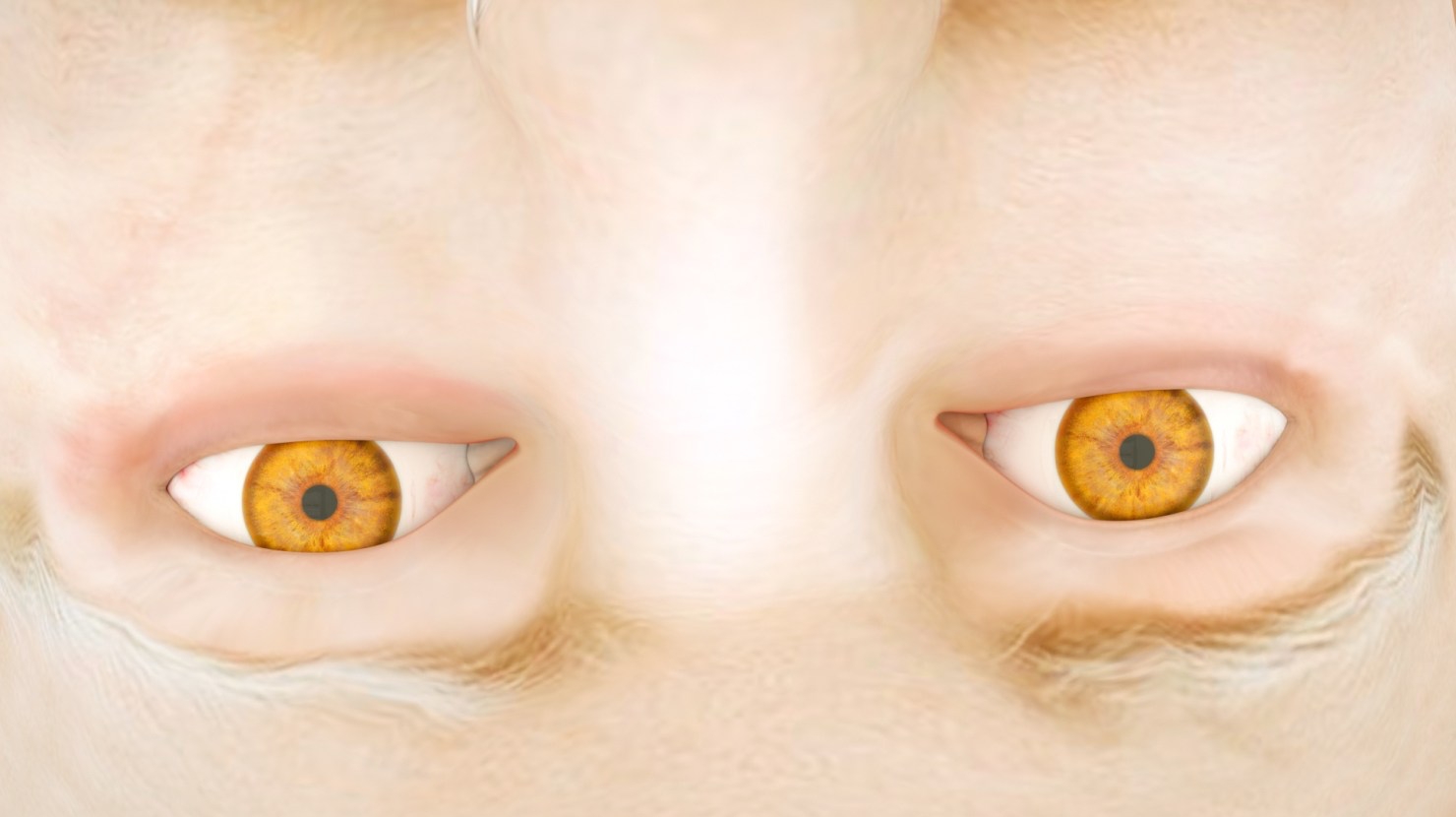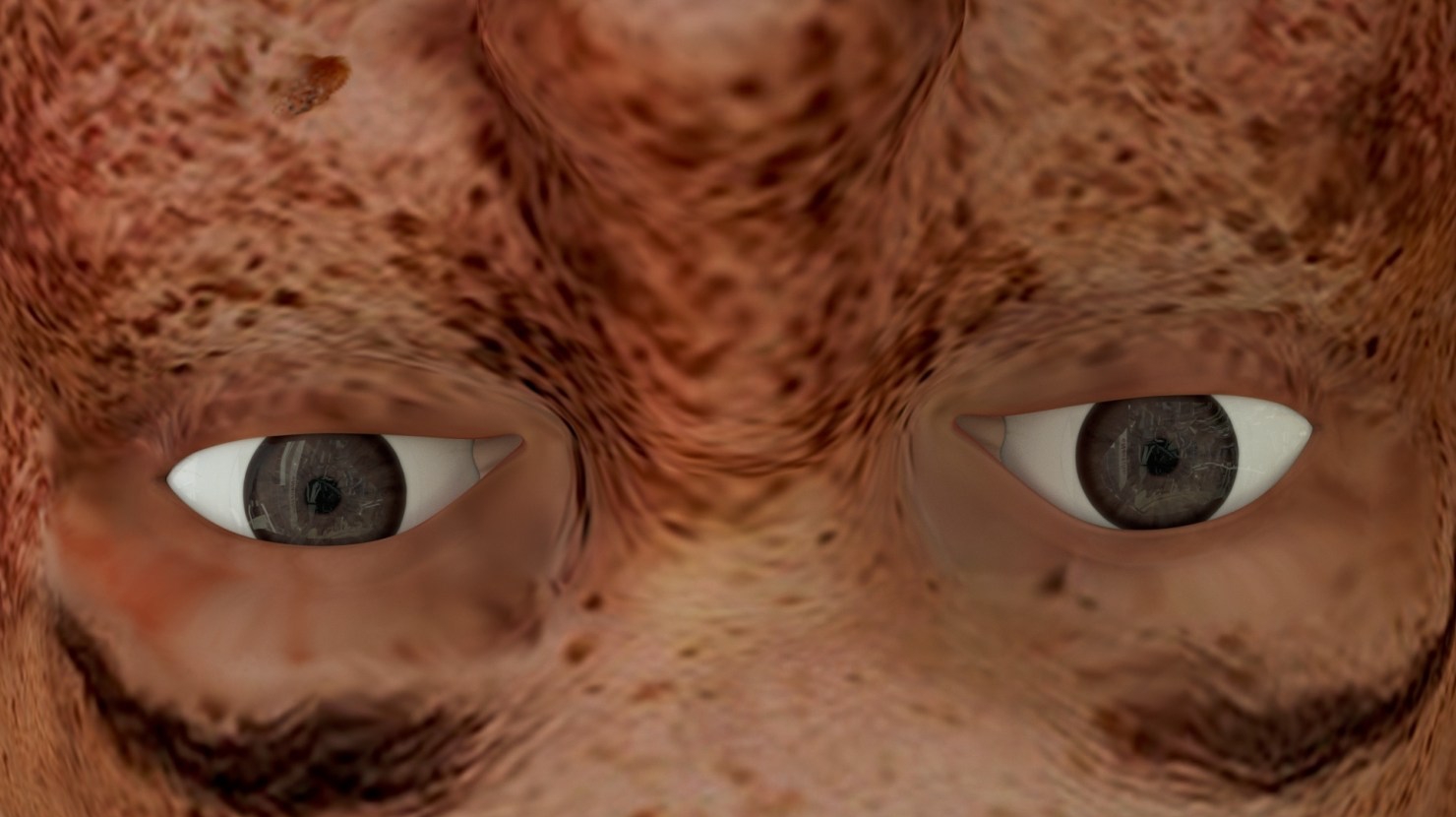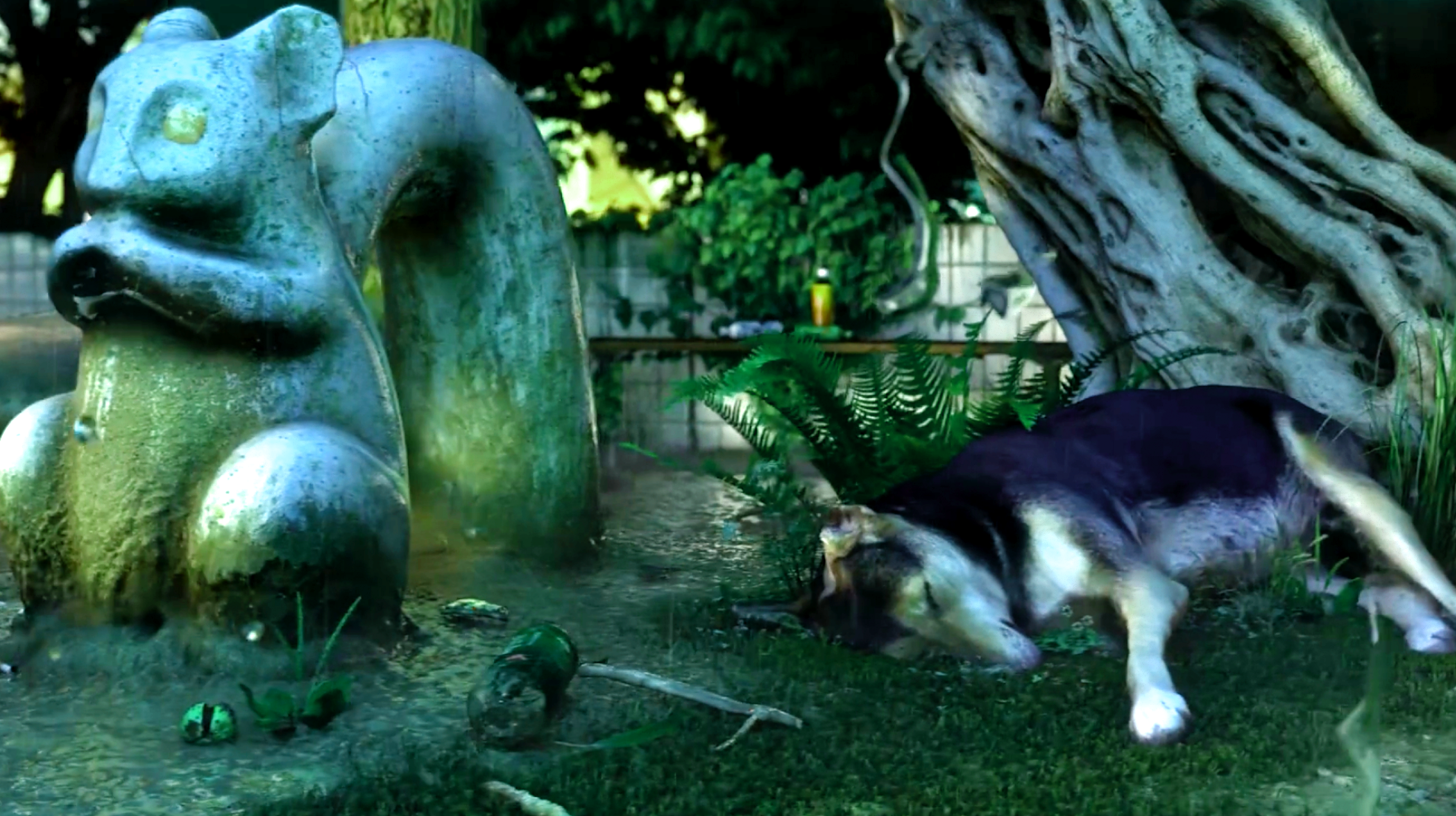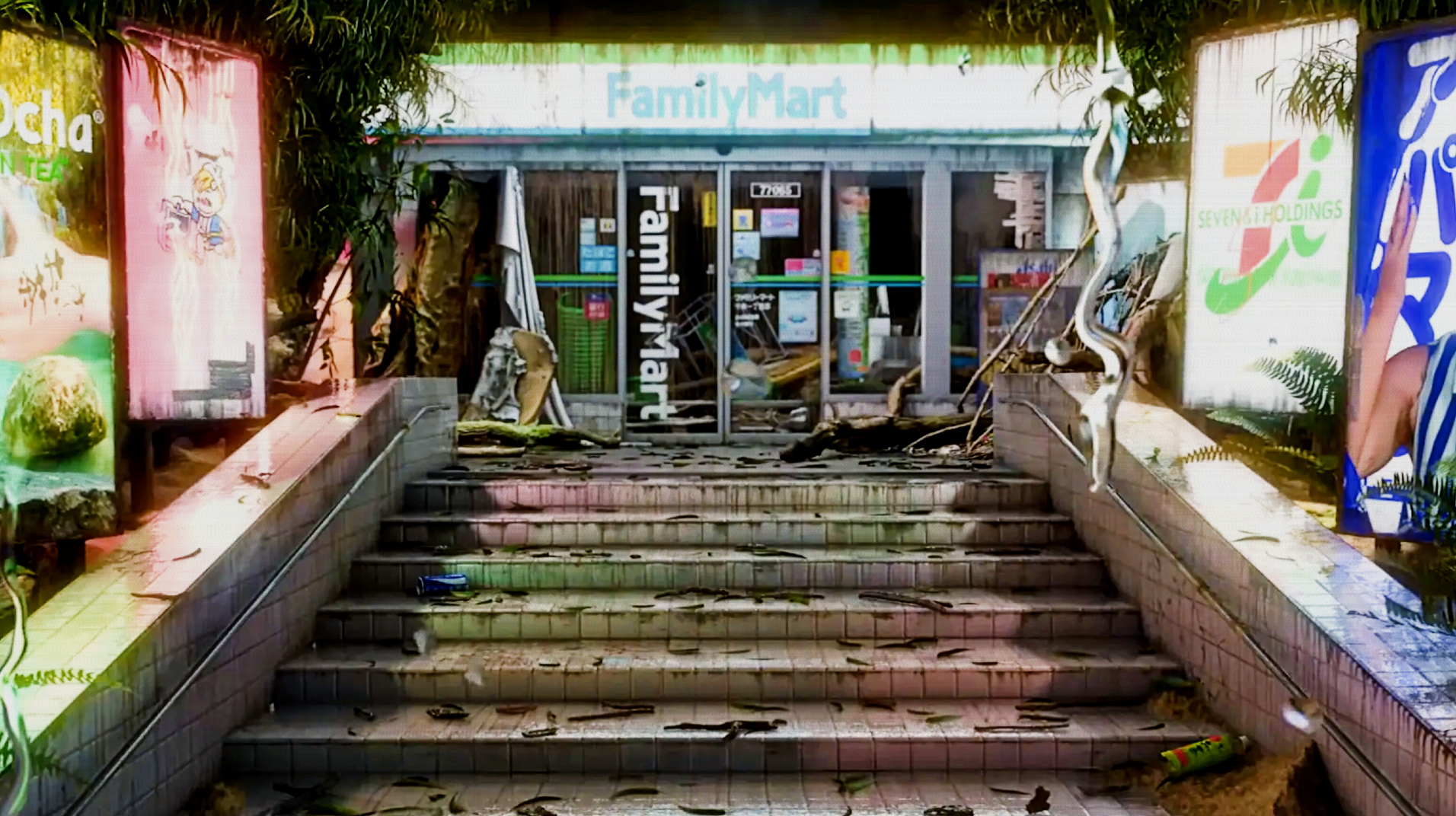PREPPER PARADISE
EXHIBITIONCuration of upcoming exhibition about the aesthetics of preparing for dystopia. The exhibition explored the ethics and luxury or DIY aesthetics of prepper culture as a debate for design fiction solutionism and proposes visual utopias for dystopian times.
FEATURED ARTISTS:
Stine Deja, Liam Young, Brent Watanabe, Rustan Söderling, Dennis de Bel, Meeus van Dis, Theo Triantafyllidis & Kostis Stafylakis, Paul Kuipers, Floor van het Nederend, Ted Noten, Let Death Dance Again
DESIGN:
Stefan Schäfer - Let Death Dance Again
GENERAL:
location Bureau Europa, Maastricht
production Ilona van den Brekel
film Sam Nemeth
images by Stine Deja, Theo Triantafyllides & Kostis Stafylakis, Rustan Söderling, Liam Young, Ted Noten
2022 > MARCH 26 - AUGUST 15
The exhibition Prepper Paradise, presented at architecture and design museum Bureau Europa (Maastricht, The Netherlands) was intended to explore how mainstream culture’s fascination with the many aesthetic signifiers of possible dystopic futures influence art, design, and architecture experimentations and philosophical considerations regarding the political climate of our contemporary times, coloured by crises. Even called the age of permacrises, our contemporary worldviews are coloured by a magnitutude of, and acceleratered realization about, how climate change and neocapitalist economic systems influencing not just contempory life, but the outlook for humanity towards a multitide of unclear futures as an age of imminent futures not just genuinly and perhaps even likely soon lived realities the planet and society has to consider how to deal with.
Prepper Paradise is an exhibition and research trajectory not about how to ‘prep’ for imminent danger for our planet, but an exploration of how fear and solutionism deal with a global society of sorts that has to come to terms with fears’ of possibly humanities’ demise; in whatever possible future scenario. How do these lingering, fear-filled emotions in society inform what could result in a genuine ‘prepper culture’, now not just a subculture, but a multi-billion dollar industry of global proportions and economic relevance? How do these subcultures arise, grow, become influential on the level of belief that prepping is not in fact a trending fringe-commonality, but a mainstreamed lifestyle consideration? And how does this age of many anxieties influence how the planet considers futurity, so eloquently delivered in the many formats our technological center of our economic system, Silicon Valley, spits out mentalities-for-following and proposals for future-thinking that serve most likely only the ultimate upper-rungs of economic freedom of life lived as possible, all the while openly flirting with the many disasters these same industry-moguls of maximum impact on global economic systems, as products for the digital age of platformed consumerism, much like Benjamin Bratton’s ‘The Stack’ proclaimed as inevitable neocapitalist futury architecture of digital suppression-at-work in progress of full existence of global society-broad implementation and domination?
When considering this future as it envelops on our planets’ doorstep in reality, artists, designers, architects struggle to find even an uneasy balance of lament and hopefulness, resulting in emotional statements that darkly mirror wat science fiction once and overtly painted as a technological future realms of positivity through technological pragmatism (if indeed often filled with obvious ethical thinkpieces of friction for consideration). What is futurity in a permacrises technological global society? What does this require as insights to consider both the artistic, often poetic concept of humanity’s future, and design and architecture spaces’ attempts at applied futurity for possible realities in practice for humankind? And of course: how do both these fields of negation with futurity find themselves represented in manistream culture, where doomsday fascination reigns, both culturally and economically?
Art, design, and architecture, are as perhaps perceived as elitist thinking realms of futurity, an excellent test-space for considering how futurity and a doomsday-driven climate of mentality about future possibilities of world building could emotionally and pragmatically coincide, overlap, inform each other to find futurity’s possible newly minted functioning role in the planets’ future.
In the exibition the audience explored, in just a short summation, the ribald and infectuous nature of prepping as cosplay (through the work of Theo Triantafyllidis & Kostis Stafylakis), the possible melodramatic science fiction scenario of cybernetics in fail-mode (by artist Stine Deja), design solutionism as possible mirage in the architectural future-scenario film ‘Planet City’ (by Liam Young), a database of online-sourced and distributed PDF’s for collective information-sharing in the prepper communities in a PDF library, a game-hack of immensely populair game Animal Crossing depicting the catastrophy of hoarding up to stages of catastrophe (by Brent Watanabe), the realm of possibilities for autonomous survival once proclaimed and propagated in the Whole Earth Catalog, the lament-based story of post-dystopic exploration of a Japanese city-scape (from Rustan Söderling), and the many possible philosopical considerations of the bunker as architecture with emotional implications and (through the writing and photography of Paul Virilio).
For the exhibition, several artworks were commissioned:
Artist Dennis de Bel presented the commissioned work ‘Mountain Stronghold’ (2022), a large scale installation incorporating in the structures of digital data-base metal cabinets, housing as artistic layer not hardware for data-storage but animations an 3D printed models of repuposed mining-infrastructural hot spots throughout the globe, turning locations once used for mining the earths’ resources into altars for remembrance of eras of malicious technolological optimisiism, re-fitted for new scientific ages of the belief-systems of indsutrial progress of the futurism of this contemporary moment in time.
Artist Meeus van Dis presented the commissioned work ‘The Hydra’ (2022), an in situ installation proposing, with the use of easily obtained materials through platforms like Amazon, a haphazard solution for survival for rising water-levels, resulting in a one-person escape-pod made up of plastic barrels held together by tension straps: floating devices for the absolute last minute survival DIY strategies.
Comics artist Floor van het Nederend presented the commissioned work ‘Noah’s Ark’ (2022), a mural presented in the exhibition spaces’ connecting hallway, proposing a first-instance possible sighting of Noah’s Ark, close to reaching the shores of a possible landmass in decay, as a totem of possibility of hope.
Scenography and graphic design by Stefan Schäfer, who, working under the moniker of Let Death Dance Again researches as artist/designer/scholar explores antropologic realms of practice of mourning and celebration of death to consider ecological demise our planet prepares for. He presented, along his design of exhibition and communication materials, his work ‘Would Flowers Put Fake Humans on their Graves’ (2021).
The exhibition was presented with an educational programme delving into the main thematics of Prepper Paradise, resulting in workshops and tours for several audience-groups of interest.
A talkshow with several artists was presented during the exhibition run, where artists Rustan Söderling, Stine Deja, and Theo Triantafyllidis & Kostis Stafyllakis, presented their work, their insights into the creation of their artworks as part of the exhibition, considered the exhibitions’ main themes, in conversation with curator Ward Janssen.
Prepper Paradise was made possible under the guidance and with the immense support of Bureau Europa director Floor van Spaendonck.
![]()
Installation view: Thermal Womb (2020), Stine Deja.
![]()
Video-still from artwork: Thermal Womb (2020), Stine Deja.
![]() Video-still from artwork: Thermal Womb (2020), Stine Deja.
Video-still from artwork: Thermal Womb (2020), Stine Deja.
![]()
Video-still from artwork: Thermal Womb (2020), Stine Deja.
![]()
Installation view: Mountain Stronghold (2022), Dennis de Bel. (COMMISSION)
![]()
Video-still from artwork: Tannhäuser Gate (not really here now not anymore) (2018), Rustan Söderling
![]()
Video-still from artwork: Tannhäuser Gate (not really here now not anymore) (2018), Rustan Söderling
![]()
Video-still from artwork: Planet City (2021), Liam Young.
![]()
Video-still from artwork: Planet City (2021), Liam Young.
![]()
Image: photograph from publication Bunker Archeology (1967), Paul Virilio.
![]()
Video-still from artwork: Theo Triantafyllidis & Kostis Stafylakis - Readiness Saga (2019-ongoing)
![]()
Installation view: Necessities: Trophy Helmet (2013), Ted Noten.
![]()
Video-still from game intervention: Brent Watanabe - Animal Crossing: All Mine (2020)
The exhibition Prepper Paradise, presented at architecture and design museum Bureau Europa (Maastricht, The Netherlands) was intended to explore how mainstream culture’s fascination with the many aesthetic signifiers of possible dystopic futures influence art, design, and architecture experimentations and philosophical considerations regarding the political climate of our contemporary times, coloured by crises. Even called the age of permacrises, our contemporary worldviews are coloured by a magnitutude of, and acceleratered realization about, how climate change and neocapitalist economic systems influencing not just contempory life, but the outlook for humanity towards a multitide of unclear futures as an age of imminent futures not just genuinly and perhaps even likely soon lived realities the planet and society has to consider how to deal with.
Prepper Paradise is an exhibition and research trajectory not about how to ‘prep’ for imminent danger for our planet, but an exploration of how fear and solutionism deal with a global society of sorts that has to come to terms with fears’ of possibly humanities’ demise; in whatever possible future scenario. How do these lingering, fear-filled emotions in society inform what could result in a genuine ‘prepper culture’, now not just a subculture, but a multi-billion dollar industry of global proportions and economic relevance? How do these subcultures arise, grow, become influential on the level of belief that prepping is not in fact a trending fringe-commonality, but a mainstreamed lifestyle consideration? And how does this age of many anxieties influence how the planet considers futurity, so eloquently delivered in the many formats our technological center of our economic system, Silicon Valley, spits out mentalities-for-following and proposals for future-thinking that serve most likely only the ultimate upper-rungs of economic freedom of life lived as possible, all the while openly flirting with the many disasters these same industry-moguls of maximum impact on global economic systems, as products for the digital age of platformed consumerism, much like Benjamin Bratton’s ‘The Stack’ proclaimed as inevitable neocapitalist futury architecture of digital suppression-at-work in progress of full existence of global society-broad implementation and domination?
When considering this future as it envelops on our planets’ doorstep in reality, artists, designers, architects struggle to find even an uneasy balance of lament and hopefulness, resulting in emotional statements that darkly mirror wat science fiction once and overtly painted as a technological future realms of positivity through technological pragmatism (if indeed often filled with obvious ethical thinkpieces of friction for consideration). What is futurity in a permacrises technological global society? What does this require as insights to consider both the artistic, often poetic concept of humanity’s future, and design and architecture spaces’ attempts at applied futurity for possible realities in practice for humankind? And of course: how do both these fields of negation with futurity find themselves represented in manistream culture, where doomsday fascination reigns, both culturally and economically?
Art, design, and architecture, are as perhaps perceived as elitist thinking realms of futurity, an excellent test-space for considering how futurity and a doomsday-driven climate of mentality about future possibilities of world building could emotionally and pragmatically coincide, overlap, inform each other to find futurity’s possible newly minted functioning role in the planets’ future.
In the exibition the audience explored, in just a short summation, the ribald and infectuous nature of prepping as cosplay (through the work of Theo Triantafyllidis & Kostis Stafylakis), the possible melodramatic science fiction scenario of cybernetics in fail-mode (by artist Stine Deja), design solutionism as possible mirage in the architectural future-scenario film ‘Planet City’ (by Liam Young), a database of online-sourced and distributed PDF’s for collective information-sharing in the prepper communities in a PDF library, a game-hack of immensely populair game Animal Crossing depicting the catastrophy of hoarding up to stages of catastrophe (by Brent Watanabe), the realm of possibilities for autonomous survival once proclaimed and propagated in the Whole Earth Catalog, the lament-based story of post-dystopic exploration of a Japanese city-scape (from Rustan Söderling), and the many possible philosopical considerations of the bunker as architecture with emotional implications and (through the writing and photography of Paul Virilio).
For the exhibition, several artworks were commissioned:
Artist Dennis de Bel presented the commissioned work ‘Mountain Stronghold’ (2022), a large scale installation incorporating in the structures of digital data-base metal cabinets, housing as artistic layer not hardware for data-storage but animations an 3D printed models of repuposed mining-infrastructural hot spots throughout the globe, turning locations once used for mining the earths’ resources into altars for remembrance of eras of malicious technolological optimisiism, re-fitted for new scientific ages of the belief-systems of indsutrial progress of the futurism of this contemporary moment in time.
Artist Meeus van Dis presented the commissioned work ‘The Hydra’ (2022), an in situ installation proposing, with the use of easily obtained materials through platforms like Amazon, a haphazard solution for survival for rising water-levels, resulting in a one-person escape-pod made up of plastic barrels held together by tension straps: floating devices for the absolute last minute survival DIY strategies.
Comics artist Floor van het Nederend presented the commissioned work ‘Noah’s Ark’ (2022), a mural presented in the exhibition spaces’ connecting hallway, proposing a first-instance possible sighting of Noah’s Ark, close to reaching the shores of a possible landmass in decay, as a totem of possibility of hope.
Scenography and graphic design by Stefan Schäfer, who, working under the moniker of Let Death Dance Again researches as artist/designer/scholar explores antropologic realms of practice of mourning and celebration of death to consider ecological demise our planet prepares for. He presented, along his design of exhibition and communication materials, his work ‘Would Flowers Put Fake Humans on their Graves’ (2021).
The exhibition was presented with an educational programme delving into the main thematics of Prepper Paradise, resulting in workshops and tours for several audience-groups of interest.
A talkshow with several artists was presented during the exhibition run, where artists Rustan Söderling, Stine Deja, and Theo Triantafyllidis & Kostis Stafyllakis, presented their work, their insights into the creation of their artworks as part of the exhibition, considered the exhibitions’ main themes, in conversation with curator Ward Janssen.
Prepper Paradise was made possible under the guidance and with the immense support of Bureau Europa director Floor van Spaendonck.

Installation view: Thermal Womb (2020), Stine Deja.

Video-still from artwork: Thermal Womb (2020), Stine Deja.
 Video-still from artwork: Thermal Womb (2020), Stine Deja.
Video-still from artwork: Thermal Womb (2020), Stine Deja.
Video-still from artwork: Thermal Womb (2020), Stine Deja.

Installation view: Mountain Stronghold (2022), Dennis de Bel. (COMMISSION)

Video-still from artwork: Tannhäuser Gate (not really here now not anymore) (2018), Rustan Söderling

Video-still from artwork: Tannhäuser Gate (not really here now not anymore) (2018), Rustan Söderling

Video-still from artwork: Planet City (2021), Liam Young.

Video-still from artwork: Planet City (2021), Liam Young.

Image: photograph from publication Bunker Archeology (1967), Paul Virilio.

Video-still from artwork: Theo Triantafyllidis & Kostis Stafylakis - Readiness Saga (2019-ongoing)

Installation view: Necessities: Trophy Helmet (2013), Ted Noten.

Video-still from game intervention: Brent Watanabe - Animal Crossing: All Mine (2020)